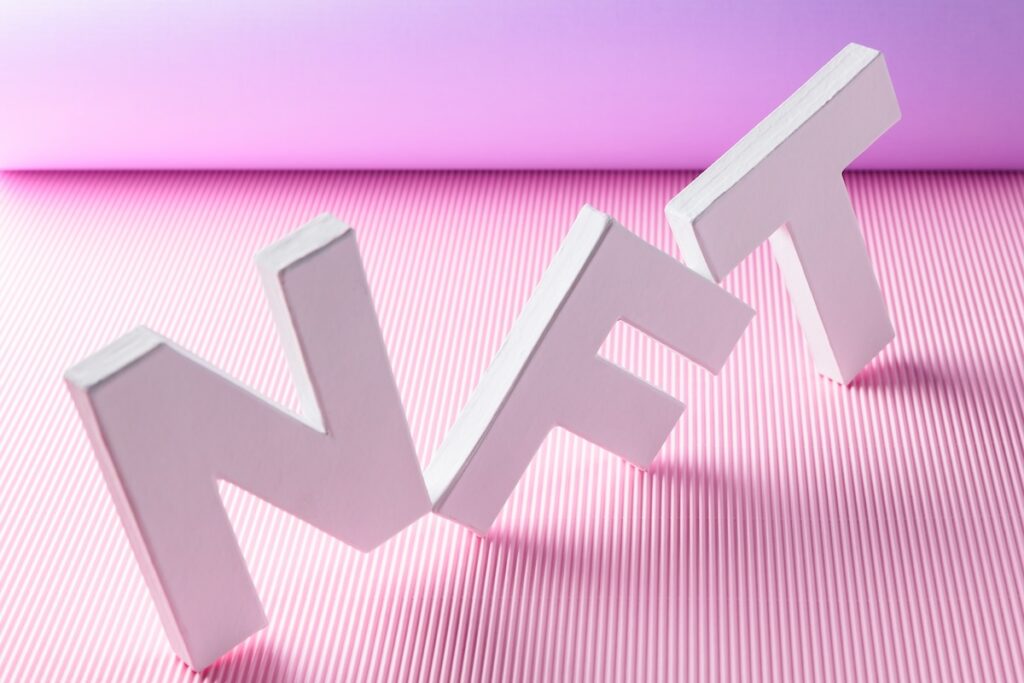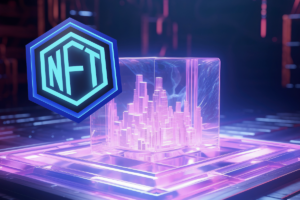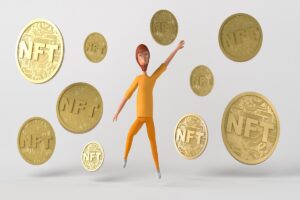Flare, an EVM-based Layer 1 blockchain with native interoperability protocols, released a demonstration of trustlessly purchasing an NFT on Flare using the token of a different blockchain. The NFT was purchased on Flare’s canary network, Songbird, directly by paying with tokens on other blockchains, namely the DOGE and XRP tokens.
Two core interoperability protocols of Flare enabled the operations performed in the NFT demo. These two protocols provide the fundamental structure for developers to build new applications. For instance, in a recent partnership, Flare and the ed-tech start-up Uppercent set out to create a secondary online course marketplace powered by these fundamental protocols.
Time Series Oracle and State Connector
The first one is the Flare Time Series Oracle (FTSO), which delivers decentralized data feeds for applications that run on Flare. This protocol currently includes cryptocurrency prices, but it can include any time series data, for example, non-crypto prices and weather data.
At present, FTSO acquires data in three-minute intervals from around 90 different independent data providers. In the case of the NFT purchasing demo, FTSO helped acquire the corresponding live price of the NFT in the other blockchain.
The second protocol is the State Connector, which retrieves data from other blockchains and also offchain data from the internet. This data can directly be used securely and trustlessly with EVM-based smart contracts running on the Flare network.
In the demo, State Connector was used to prove the transaction was confirmed on Flare’s chain and to verify the inclusion of the correct payment data.
Hugo Philion, Flare CEO and co-founder, said, “This demo highlights Flare’s ability to provide more types of secure, decentralized data on-chain in order to power new functionality and potential use cases for the industry. The NFT demo is one example of the web3 utility Flare can unlock for legacy tokens, enabling them to be used trustlessly in dapps on the network. We are excited to see what other applications engineers can develop, harnessing the capabilities of Flare’s native interoperability protocols.”
Why on Songbird?
The demo NFTs were minted on the Songbird chain, a canary network. Canary networks are used to test a new feature before the actual implementation. As such, the purpose of the Songbird is to test Flare technology in a live environment before deploying it on the mainnet.
How did the demo run?
An NFT dapp on Flare was used to perform the demo. NFTs in the demo were standard ERC-721 tokens minted on the Songbird and purchased on external chains. The dapp called FTSO for bridging NFT prices between the XRP ledger and Flare.
After that, a contract call is used to reserve NFT minting for getting additional data like payment address, amount, and a reference to identify the payment with that particular NFT. Once the payment was performed outside of Flare, State Connector was used to verify it in a trustless and decentralized way and connect it with the NFT contract on Songbird.
Since Flare is EVM-based, any compatible wallet would work, though Bifrost wallet was used in the demo, as it natively supports Flare. Once the wallet is connected with the NFT dapp, it is possible to set the minting price in the target currency, which in the demo case was DOGE, because the dapp automatically calculates the NFT price.
This demonstration is important as it shows the ability to buy an NFT with a token from another blockchain in a secure, decentralized, and trustless way. In the Songbird workflow, multiple steps were necessary to carry out and confirm the transactions. In the demo video, Hugo Philion mentions that the final implementation will require the demonstrated workflow to be integrated with a front-end product, such as an NFT marketplace or a crypto wallet. As a result, users will only need a few steps for transactions.
Author
-

Nagi An is a content writer who is passionate about NFTs, web3, DAOs, and DeFi. She's covers a variety of topics about NFT fundamentals.




